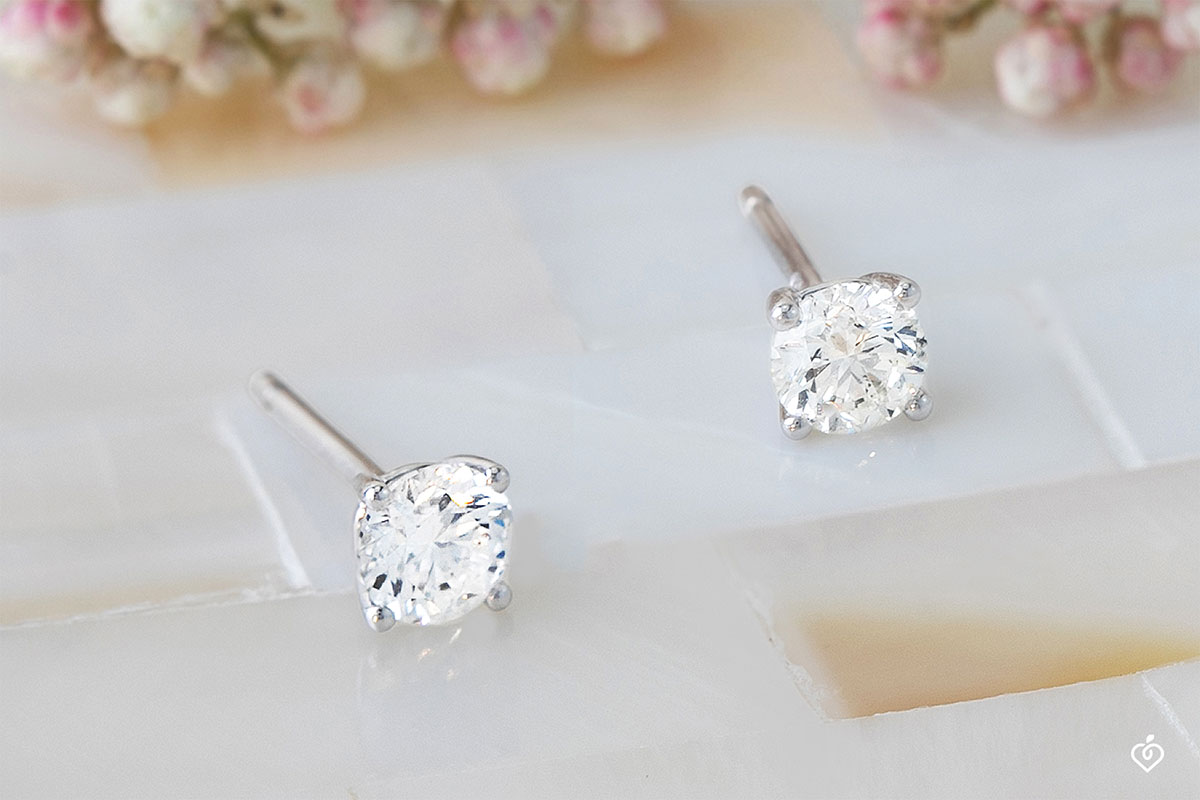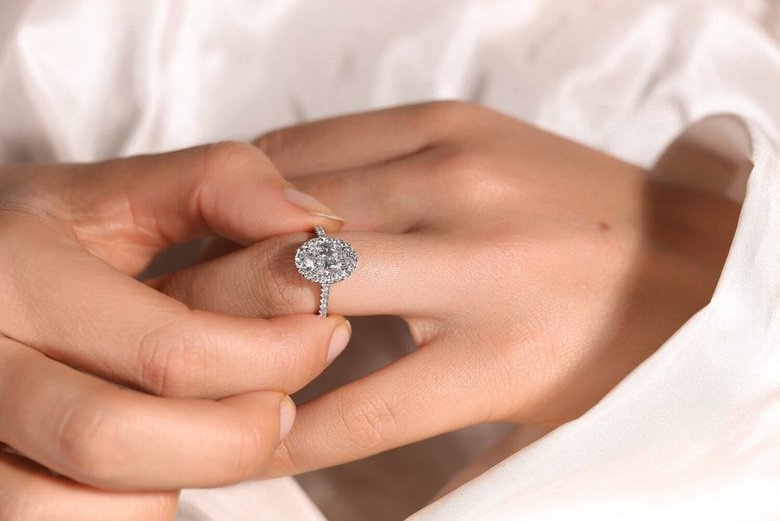Different Cuts of Lab-Grown Diamonds
Lab-grown diamonds have rapidly become the go-to choice for individuals seeking a combination of sustainability, ethics, and superior quality. These diamonds, identical to their mined counterparts in chemical, physical, and optical properties, are created in controlled laboratory environments. A crucial aspect that determines the beauty, sparkle, and value of a lab-grown diamond is its cut. The cut of a diamond is not merely about its shape but about how well the stone has been faceted to maximize its brilliance and fire.
Table of Contents
The Importance of Diamond Cut
The cut of a diamond plays a pivotal role in determining its overall appeal. Unlike other aspects such as color or clarity, the cut directly influences how light interacts with the diamond. A diamond that is expertly cut will reflect and refract light in a way that maximizes its brilliance and fire. In contrast, a poorly cut diamond, regardless of its clarity or color, will appear dull and lifeless. Thus, understanding the different cuts of diamond is essential for anyone looking to make an informed purchase.
Round Brilliant Cut
The Round Brilliant Cut is the most popular and widely recognized diamond cut. It consists of 58 facets, meticulously designed to reflect the maximum amount of light. This cut is renowned for its exceptional brilliance and fire, making it the standard against which all other cuts are measured. Lab-grown diamonds with a Round Brilliant Cut are often chosen for engagement rings due to their timeless appeal and the ability to maximize the diamond’s sparkle.
Princess Cut
The Princess Cut is a modern, square-shaped diamond cut that is second in popularity only to the Round Brilliant Cut. This cut features sharp, uncut corners and numerous facets that create a unique, intense sparkle. The Princess Cut is especially popular in engagement rings and other fine jewelry because of its contemporary, stylish look and its ability to hide inclusions, which are often more visible in other cuts.
Emerald Cut
The Emerald Cut is distinct for its rectangular shape and step-cut facets. Unlike the Round Brilliant and Princess Cuts, the Emerald Cut emphasizes clarity over brilliance. Its large, open table allows for a clear view into the diamond, making any inclusions or color more noticeable. However, for those who appreciate a more understated and elegant sparkle, the Emerald Cut is an excellent choice. Lab-grown diamonds with an Emerald Cut are often sought after for their sophisticated, vintage appeal.
Oval Cut
The Oval Cut is an elongated version of the Round Brilliant Cut, offering a similar brilliance but with a more unique shape. This cut is particularly flattering for those who prefer a diamond that appears larger due to its elongated form. The Oval Cut is versatile and can be set in various ring styles, making it a popular choice for modern and classic designs alike. Its elongated shape also tends to make the wearer’s fingers appear slimmer and longer.
Marquise Cut
The Marquise Cut is characterized by its elongated shape with pointed ends. This cut maximizes the carat weight of the diamond, making it appear larger than other cuts of the same carat. The Marquise Cut is often chosen for its dramatic and regal appearance. It is particularly favored in settings that accentuate its length and enhance its brilliance. When opting for a Marquise Cut in a lab-grown diamond, one can expect a stone that stands out and makes a bold statement.
Pear Cut
The Pear Cut, also known as the teardrop shape, is a combination of the Round Brilliant and Marquise Cuts. It has a rounded end on one side and a pointed end on the other. This cut is unique and elegant, often used in pendants, earrings, and engagement rings. The Pear Cut offers versatility in its wear, as it can be positioned with the point facing up or down, depending on personal preference. Lab-grown diamonds with a Pear Cut are ideal for those looking to add a touch of sophistication and individuality to their jewelry.
Asscher Cut
The Asscher Cut is similar to the Emerald Cut but with a square shape and a higher crown. It features step-cut facets that create a hall-of-mirrors effect, giving the diamond a unique, vintage look. The Asscher Cut is less common than other cuts but is highly sought after for its Art Deco style and the way it showcases the diamond’s clarity. A lab-grown diamond with an Asscher Cut offers a blend of modern precision and classic elegance, making it a perfect choice for those who appreciate historical design influences.
Cushion Cut
The Cushion Cut, often referred to as the “pillow-cut” diamond, is a square or rectangular shape with rounded corners and larger facets. This cut is a blend of the modern and antique, offering a soft, romantic appearance with excellent light dispersion. Lab-grown diamonds with a Cushion Cut are known for their vintage charm and their ability to sparkle brilliantly, making them a popular choice for engagement rings and other statement pieces.
Radiant Cut
The Radiant Cut is a hybrid between the Round Brilliant and the Emerald Cut, featuring a rectangular shape with cropped corners. It is designed to combine the elegance of the Emerald Cut with the brilliance of the Round Brilliant Cut. This cut is perfect for those who want a diamond that offers both sparkle and a unique shape. lab diamonds with a Radiant Cut are admired for their versatility and their ability to shine brightly in any setting.
Conclusion
The cut of a lab-grown diamond is a critical factor that influences not only its appearance but also its value. From the timeless Round Brilliant Cut to the vintage appeal of the Asscher Cut, each diamond cut offers unique characteristics that cater to different tastes and preferences. Whether you are drawn to the modern allure of the Princess Cut or the classic elegance of the Emerald Cut, understanding these differences will help you choose the perfect lab-grown diamond that meets your aesthetic and ethical standards.



